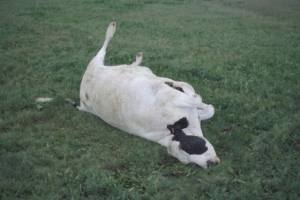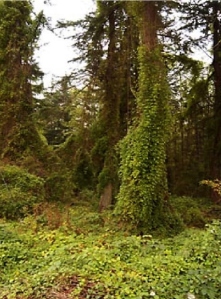by Kate Yturri, Judy Winer and Gwen Stamm, MG Class of 2013
While invasive weed populations are expanding at an almost exponential rate across North America, annually costing the US economy billions of dollars, we in the San Juans have been more fortunate. Weeds have been slower to establish here and relatively fewer species have become problems. Several varieties, however, have become so widespread that they offer significant threats to our forests, meadows, agricultural traditions and public health and safety.
Plants such as Scotch broom, gorse, English ivy, oldman’s beard (wild clematis) and spurge laurel will, over time, proliferate into widespread monocultures, gradually suppressing and replacing the native flora of our forests and meadows. Gorse and broom ultimately change the soil chemistry making it difficult to restore the native flora long after the invasive species have been removed. The proliferation of berries, spread primarily by birds, has caused infestations of ivy, spurge laurel and holly on San Juan County’s parks and outer islands, including wildlife refuges.

